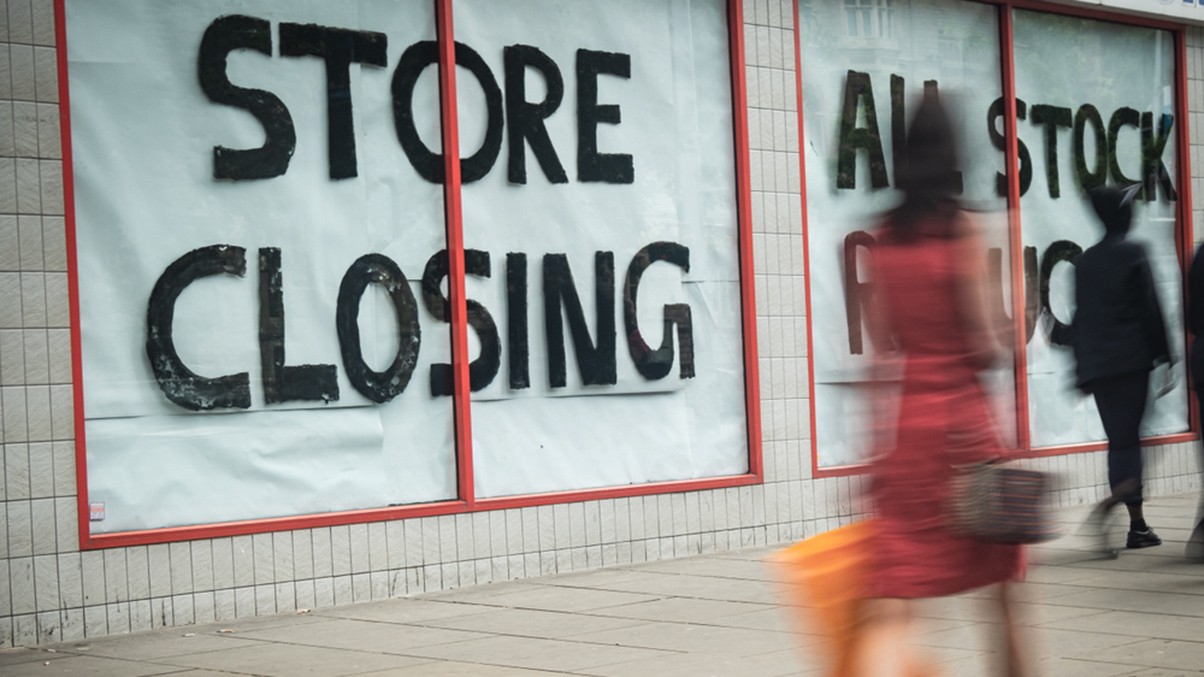With many businesses headed towards a ‘winter of discontent,’ dealing with a combination of the after effects of Covid19 related disruption, supply chain issues, soaring inflation and labour shortages, we are undoubtedly going to see a continued rise in insolvencies over the coming months which will emerge in many different and often unpredictable forms.
In this article, first published in Investment Week, Head of Insolvency and Asset Recovery Alex Jay highlights some of the red flags for investors to look for.
What could happen this winter?
We may see regulatory action leading to the closing down of financial services providers. We have seen an increase in cases where the FCA has imposed restrictions on companies providing financial service products, leading to those companies entering into insolvency processes whereby client monies are effectively trapped, and can remain so for many months or longer. This can cause significant issues for investors, especially if a large amount of their capital becomes trapped as a result of such action.
We have also seen an increase in payment service providers being wound up, either voluntarily or following action from the regulators where concerns over safeguarding of client monies is in issue.
Typically, many large-scale investment fraud schemes, which often lay undiscovered for some time, also emerge in wake of an economic crisis. Two famous examples of this include Allen Stanford’s banking operation based out of Antigua, which led to $7bn in investor losses and Bernard Madoff’s US investment scheme involving around $17bn in losses. Both of these were exposed following the 2008 financial crash.
Finally, we may see completely unforeseeable events leading to the collapse of financial institutions. Nobody could have predicted the Lehman Brothers collapse in 2008. Equally, nobody expected the vast swathes of energy companies that have failed recently due to the energy price crisis, with Bulb being the latest supplier to enter into administration.
Potential losses for investors
With all of these incidents likely to continue in the post-pandemic landscape, investors are exposed to potentially huge losses, which is particularly concerning when interest rates are held at record lows and many still rely heavily on income from their stock portfolios. Mitigating these risks will also be difficult due to the fact that these kinds of situations – large-scale fraud schemes or regulatory intervention into and the collapse of financial institutions – are very hard to predict.
With this is mind, investors should adopt an even more robust scrutiny of organisations holding their funds or assets, keeping an eye out for key red flags including:
- Changes in management
- Regular changes in personnel dealing with your account
- Changes in business premises
- Late filing of accounts at Companies House
- Negative media reports
If an issue does arise and an insolvency process commences, investors should act quickly to understand their rights. Engagement with the process is likely to result in a better outcome for individuals.
What can investors do to recover assets?
There may be legal options available to investors to recover their assets, or claim damages through other parties but these will need to be looked at very quickly as any delays in taking action could impinge on their rights. For example, limitation dates may expire, or other creditors could take custody of assets before they can do so.
It is worth reminding readers that as insolvency is a highly specialist area, seeking the right legal advice early can help pay dividends in the long run.
So, while it remains unclear what further or new crises will emerge over the next few months, it is nearly certain that there will more business failures which many in the investment sector will have to contend with. Investors will need to keep a watchful eye on the organisations they are investing or holding assets in and act fast if they see any signs of trouble.
Stewarts Litigate
Stewarts has launched a ground-breaking after the event (ATE) insurance facility with Arthur J. Gallagher Insurance Brokers Limited. ‘Stewarts Litigate‘ is designed to work alongside our alternative funding agreements. The facility provides our commercial disputes clients with rapid access to comprehensive ATE insurance at pre-agreed market leading rates. The facility can provide coverage of up to £4 million in three business days and up to £18 million within ten business days.
Find out more about Stewarts Litigate here.
This communication has been authorised by Arthur J Gallagher Insurance Brokers Limited for the purpose of s21 of the Financial Services and Markets Act 2000







